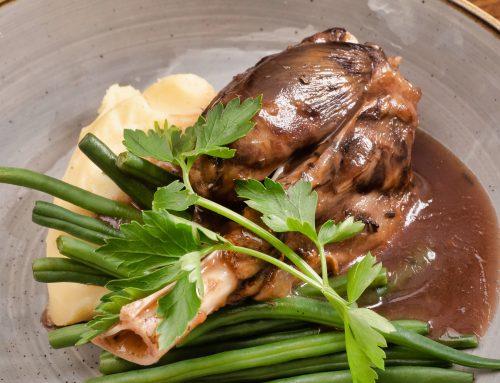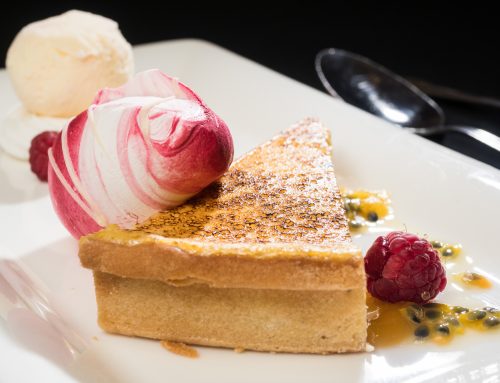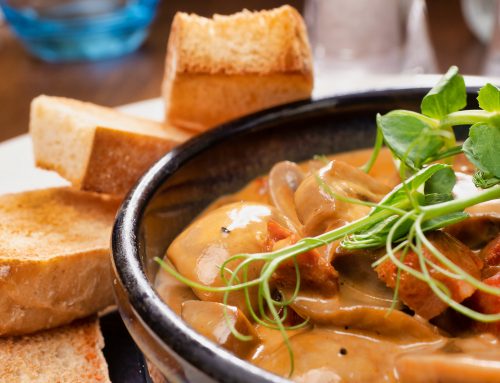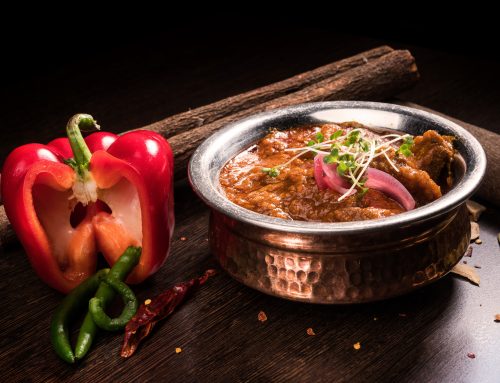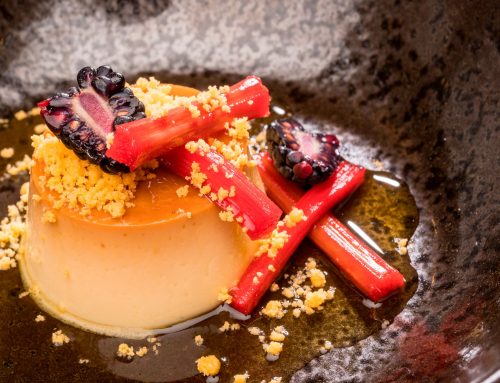Food Photography For The Lavender Hotel Group
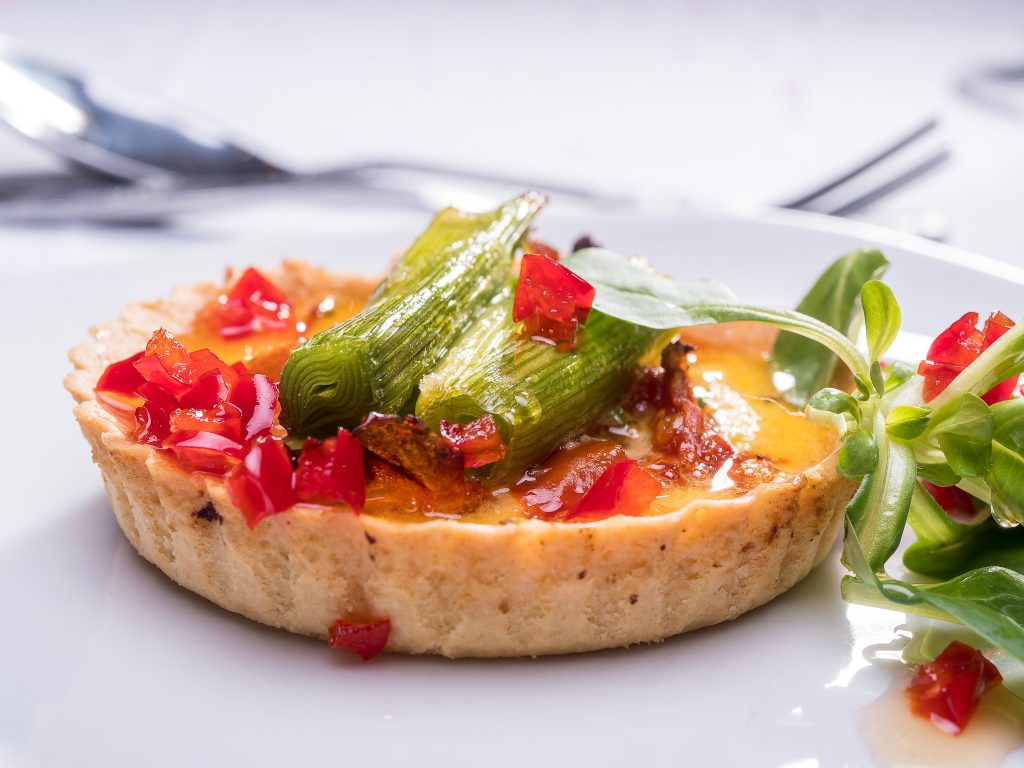
Whenever I’m asked to review a piece of equipment, whether it’s lights, cameras or lenses etc, I tend to use the equipment in real world scenarios first. That basically translates as client shoots, because I find it gives me a wider experience of the equipment, rather than “This is what it is, and these are the specs”. I think we all tend to be more interested in what it can actually “do”, and how well it does it.
So, following on from my airy fairy introduction (sorry!), lets get to the subject. I received the Elinchrom One lights on a Monday afternoon, which gave me enough time to charge them and give them a brief health check, before taking them along to a food shoot for the Lavender Hotel Group the following day. They had revamped their wedding menu, which was to be rolled out across the group, and the images were to be used for their new wedding brochure, online marketing via social media and also their website.
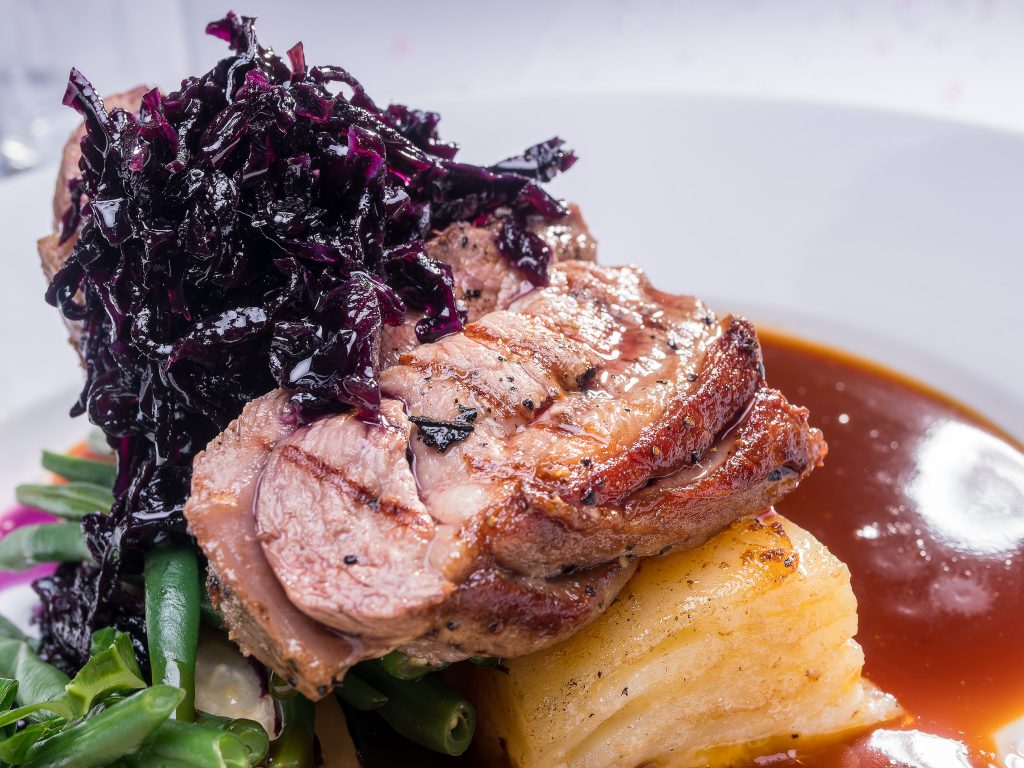
I normally use ELB500 for pretty much everything, but I find them particularly suited to my style of lighting with regards food photography. I generally use two lights, although I tend to have a third set up and ready to go, if I need to capture steam or need a little more fill on the near side than I can obtain with a silver card/reflector. The biggest advantage with the ELB500 is the size and weight of the heads. They weigh about the same as a gasp of air and a feather. Okay, if you are being pedantic, they weigh 680gms including the cable.
When I shoot food, I have an accent light on the far side of the table, firing through a standard reflector with a grid fitted (usually a 20°) to create the specular highlights. It tends to sit on a makeshift boom arm, to ensure the lightstand isn’t within the frame. Because the ELB500 head weighs pretty much nothing, I don’t need to consider counter balancing it with a weight, and it doesn’t move under it’s own weight either. I’ve previously had much larger heads swing forward or backwards due to their weight which is pretty much down to incorporating the battery within the head.
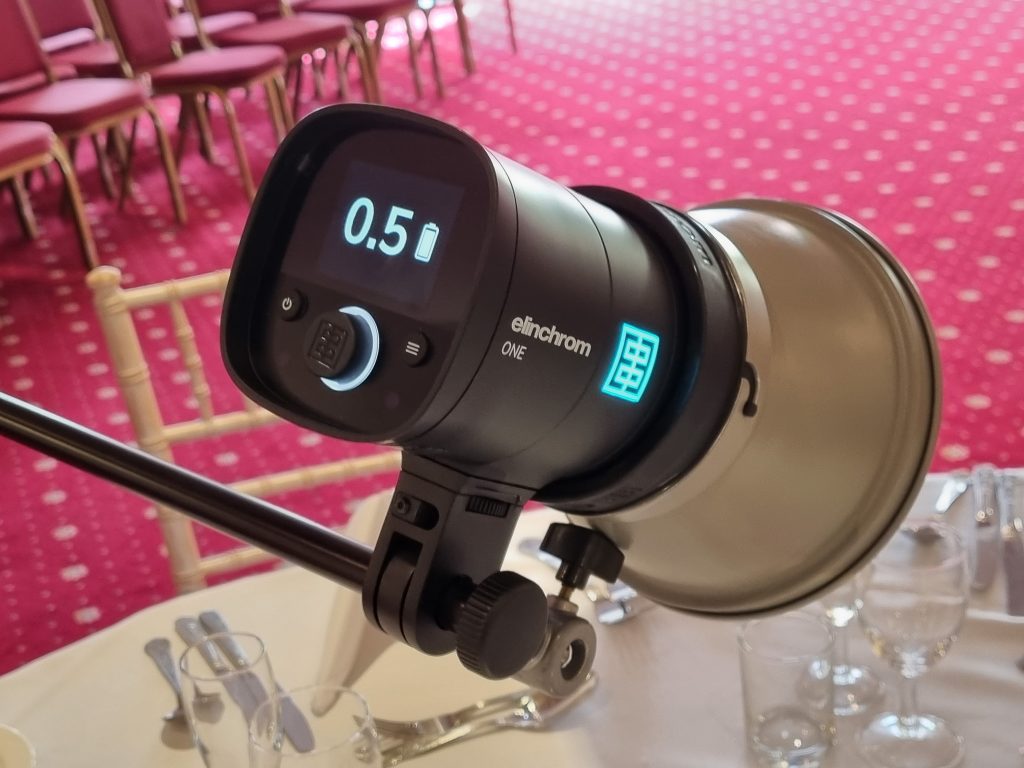
When I first placed the Elinchrom One on the boom, it appeared to suffer the same issue with regards to it slowly rotating forward. Once I adjusted the stand lock so it moved the centre of balance further back, there were no further issues. Bearing in mind, the One weighs a little more than twice the ELB500 head as it is 1.5Kg, plus it was being used with a standard reflector, rather than the ELB500 fit standard reflector, which is lighter. For piece of mind, I chose to use a counterweight.
I’d left the diffusion dome in place, mostly out of curiosity, which necessitated an output of 0.5 which is equivalent to 9Ws. I normally have it wound down as far as it will go, with an output of 0.1 (Equivalent to 7Ws).
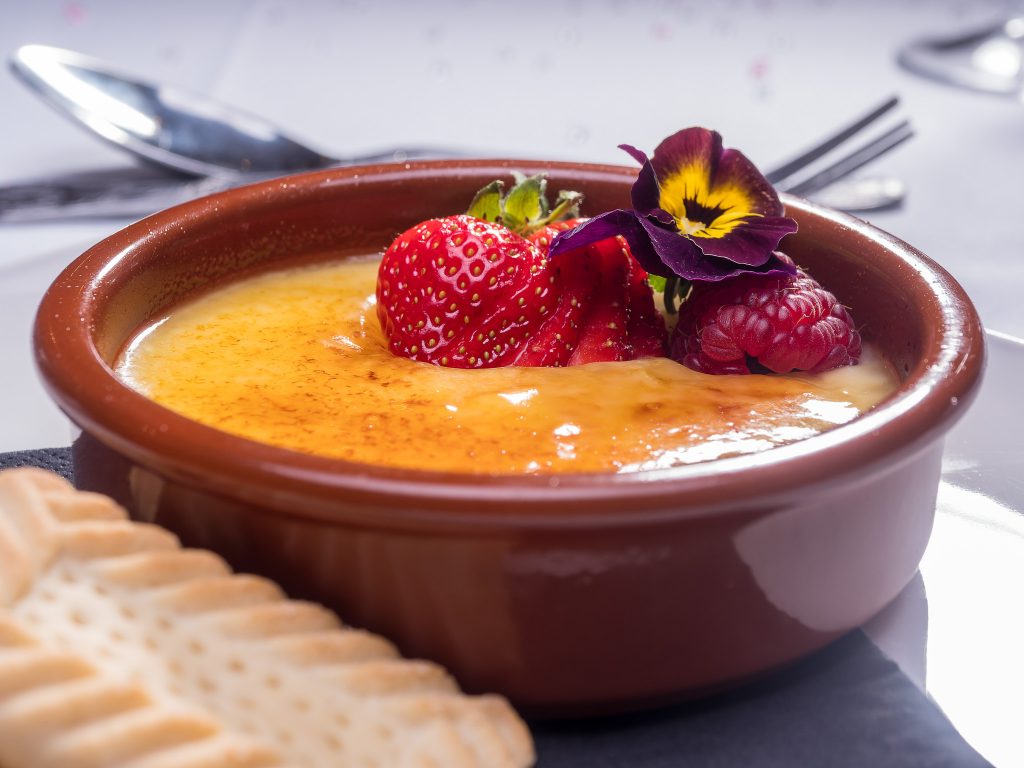
The accent light is placed on the far side of the dish, suspended over the table, and aimed so as the reflected light comes towards the camera. This creates the specular highlights which is necessary to make the image appealing.
The keylight is frame left, and high. I used an 80cm folding Octa, suspended using a boom arm. Normally, I have the output set to 1.0 (Equivalent to 12Ws), but I had the softbox a little higher than usual, and I also had the dome fitted. The output was set to 2.0 (Equivalent to 25Ws).
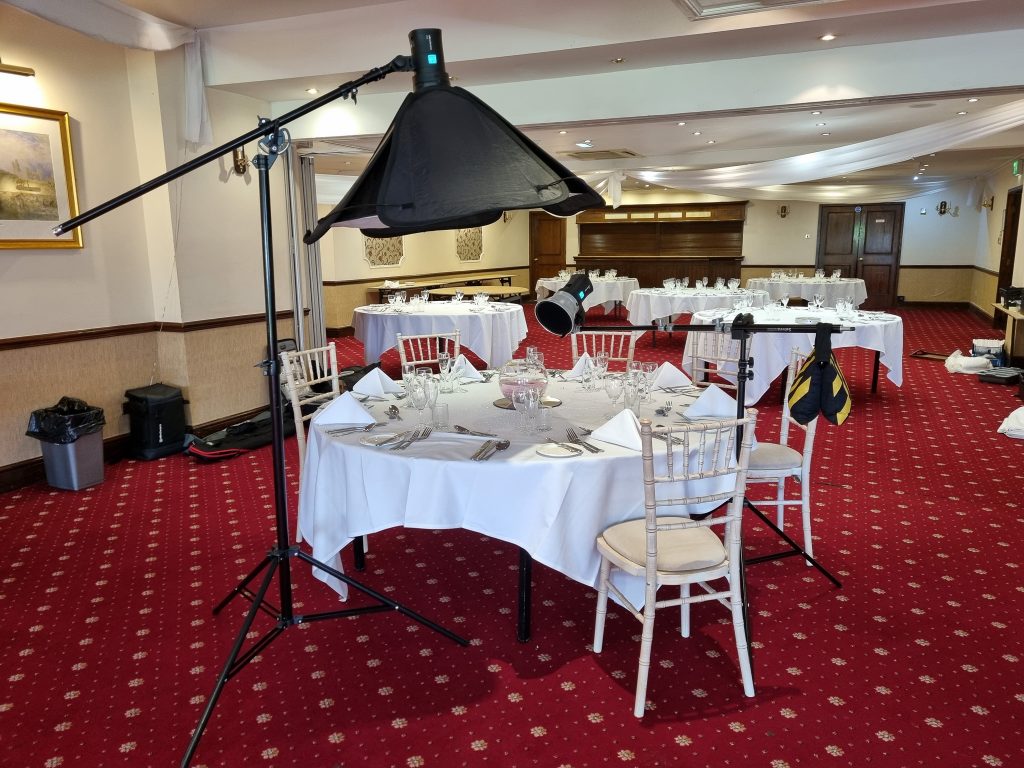
This was the basic setup, and you will note there is no counterweight on the keylight. As the head and box was basically over one of the stand legs, it wasn’t really likely to go anywhere. The camera was set to drop the ambient sufficiently so as not to allow contamination from the much warmer (and somewhat mixed) lighting from within the room.
The camera was an Olympus E-M1 mkII at 1/80th sec f7.1 ISO400
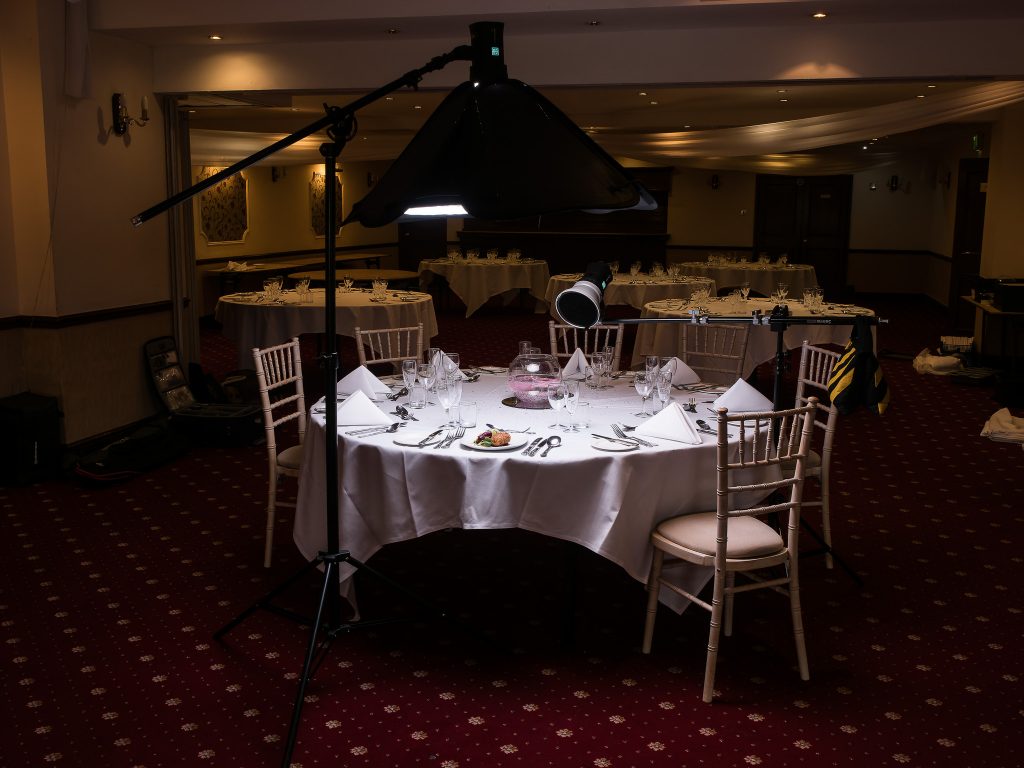
This is to show the effect of the lighting and camera settings on the input of the ambient light.
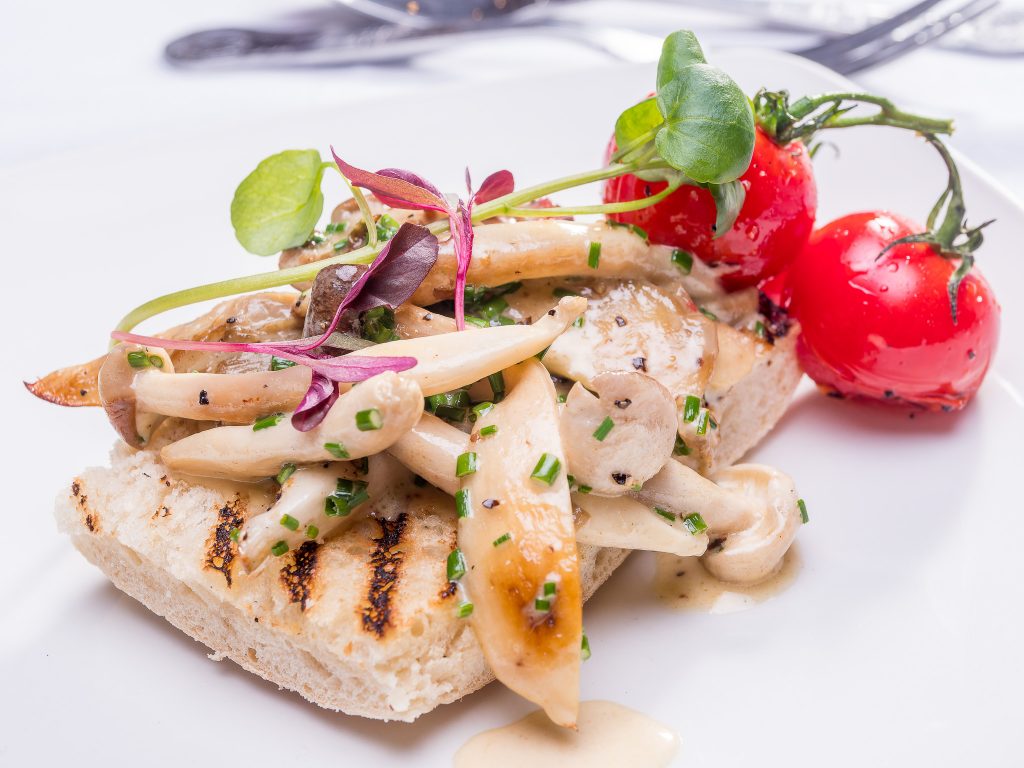
And this is the result.
So, how did I find using the Elinchrom One for food photography? Absolutely fine. In fact better than fine. Although I’d probably not use the diffusion domes in this scenario, as they aren’t needed. That was just for my benefit to see the effect on light output in a familiar setup and environment.
I mentioned the weight difference, and having to do a bit of a workaround etc. You may well be wondering why I wouldn’t just stick with the ELB500, as the head weighs bog-all. This is true, but don’t forget each head needs a battery pack, and each control unit with battery weighs 2.5Kg.
Yep, I could run two heads off a single pack, which would amount to 3Kg. Oddly enough, that is the same as two Elinchrom One heads. However, the Elinchrom Ones would occupy less space. And for those of us that travel an awful lot, packing light and tight becomes very important.

